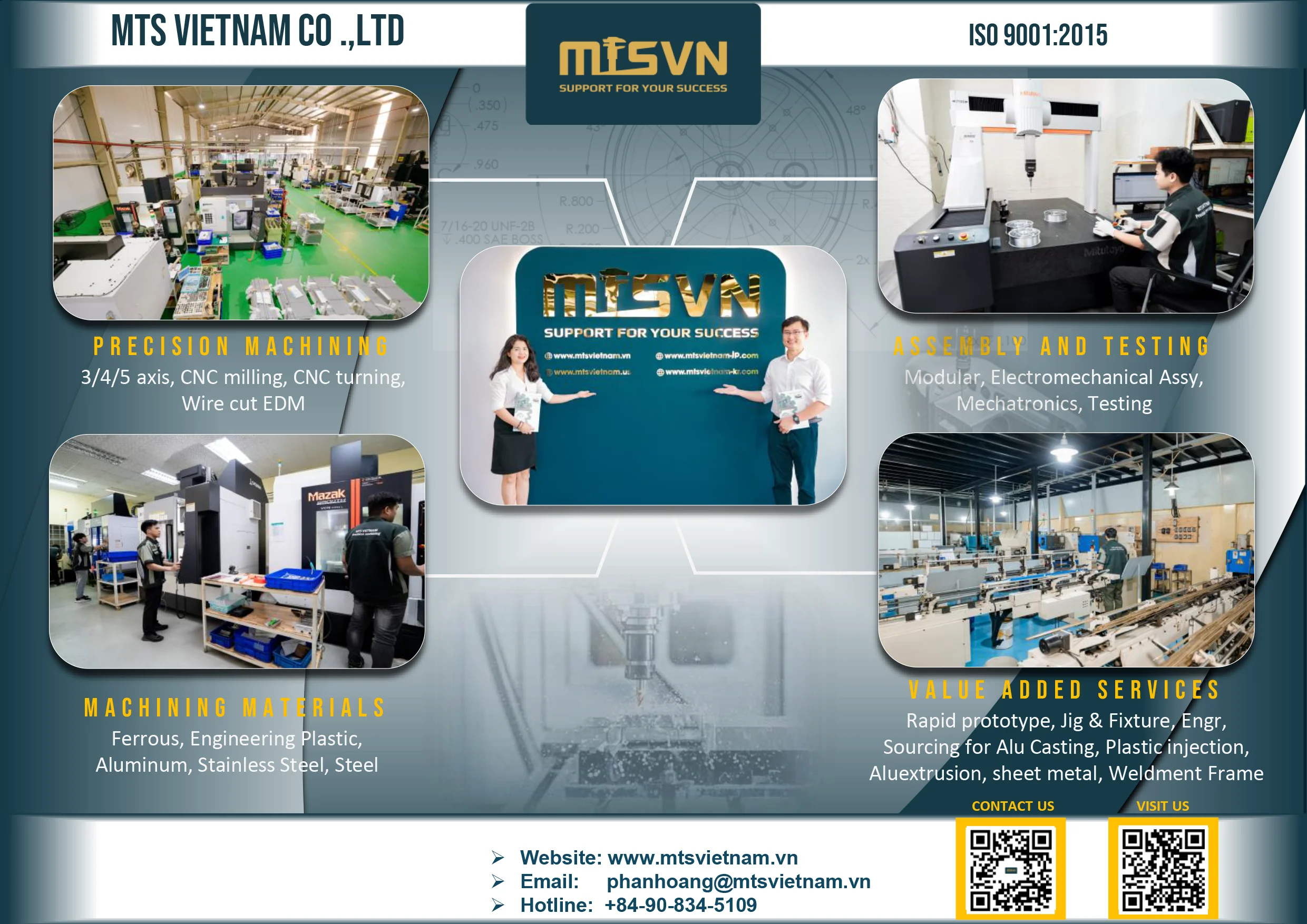The transformation of assembly machines from manual operations to automated systems marks a pivotal evolution in the field of precision mechanics and modern manufacturing. This progression has not only revolutionized how products are made but has also significantly impacted the efficiency, accuracy, and scalability of production processes.
The Early Stages of Assembly in Manufacturing
The journey begins with manual assembly processes, where skilled artisans and workers meticulously crafted parts and assembled them by hand. This era was characterized by craftsmanship but limited by the slow pace of production and the variability in product quality due to human error.
The Dawn of Automated Assembly
The industrial revolution introduced mechanized systems, leading to the first significant shift towards automation in manufacturing. The introduction of assembly lines, most famously by Henry Ford in the early 20th century, marked the beginning of mass production. Ford's assembly line drastically reduced the time it took to manufacture a car by dividing the work into simpler tasks. This innovation was a precursor to the automated assembly machines that would become crucial in precision mechanics.
The Role of Precision Mechanics in Modern Manufacturing
In modern manufacturing, precision mechanics is integral to producing components and devices with the utmost accuracy and consistency. This field demands exactness, where even the slightest deviation can lead to product failure. As industries like aerospace, automotive, medical devices, and electronics have evolved, so too has the need for more sophisticated assembly machines capable of meeting stringent specifications.
Evolution to Advanced Automated Systems
The transition to advanced automated assembly systems has been driven by technological advancements in robotics, computer-aided design (CAD), and computer-aided manufacturing (CAM). These technologies have enabled the development of machines that can perform complex assembly tasks with high precision and at speeds unattainable by human workers.
- Robotics: The integration of robotic arms and systems into assembly machines has allowed for greater flexibility and precision. These robots can perform repetitive tasks with high accuracy and without fatigue, making them ideal for precision assembly.
- CAD and CAM: These software tools have transformed the design and manufacturing process. CAD allows for the detailed design of components, while CAM translates these designs into instructions for manufacturing equipment, including assembly machines. This seamless flow from design to production enhances the precision and efficiency of the assembly process.
- Vision Systems and Sensors: Modern assembly machines are often equipped with vision systems and various sensors that enable real-time monitoring and quality control. These technologies ensure that each component is correctly placed and assembled, further increasing the accuracy and reliability of the manufacturing process.
Impact on Industries
The impact of automated assembly machines in precision mechanics is profound across multiple industries. In the aerospace sector, they allow for the precise assembly of complex components that can withstand extreme conditions. In the medical device industry, these machines enable the production of small, intricate devices with the precision required for patient safety. Similarly, in the automotive and electronics industries, automated assembly machines are key to achieving the high levels of precision and efficiency demanded by consumers and regulatory standards.
Conclusion
The evolution from manual assembly to automated systems in precision mechanics represents a significant leap forward in manufacturing technology. This transformation has enabled industries to produce high-quality products at scale, with unprecedented precision and efficiency. As technology continues to advance, the role of automated assembly machines in precision mechanics will undoubtedly expand, further driving innovation and excellence in manufacturing.
This narrative showcases the critical role and evolution of assembly machines in precision mechanics, highlighting the technological advancements that have paved the way for today's automated manufacturing systems.
MTS Vietnam is a prominent company specializing in precision mechanical components fabrication. Established in 2017, it has quickly become a reputable name in the Vietnamese and Southeast Asian markets. The company's expertise lies in CNC milling and turning parts made from a variety of materials, including Aluminum, Steel, Stainless, POM, and other engineering plastics. MTS Vietnam is dedicated to supporting the success of its customers and strives to be a leading company in the field of precision mechanical processing both in Vietnam and internationally.
In addition to its fabrication services, MTS Vietnam offers assembly services for components and machines, as well as CNC program services. This comprehensive range of services is aimed at providing optimal solutions and benefits to its customers through the company's ecosystem and strengths. MTS Vietnam emphasizes the importance of investing in new technology and quality control equipment to ensure that it can deliver merchandise at competitive prices and within the required deadlines.
WORKSHOP: 248/10 ĐT743A Street, Binh Thung 1 Quarter, Binh An Ward, Di An City, Binh Duong Province, Vietnam
Tel/zalo/viber: 0908.345.109
Email: phanhoang@mtsvietnam.vn | info@mtsvietnam.vn
Website: www.mtsvietnam.vn (Global Market) | www.mtsvietnam-jp.com (日本)
For USA Sales, please contact MTS USA at:
Tel/zalo/viber: 978-777-1716
Email: sales@mts-usasales.com
Website: www.mtsvietnam.us (US Market)



